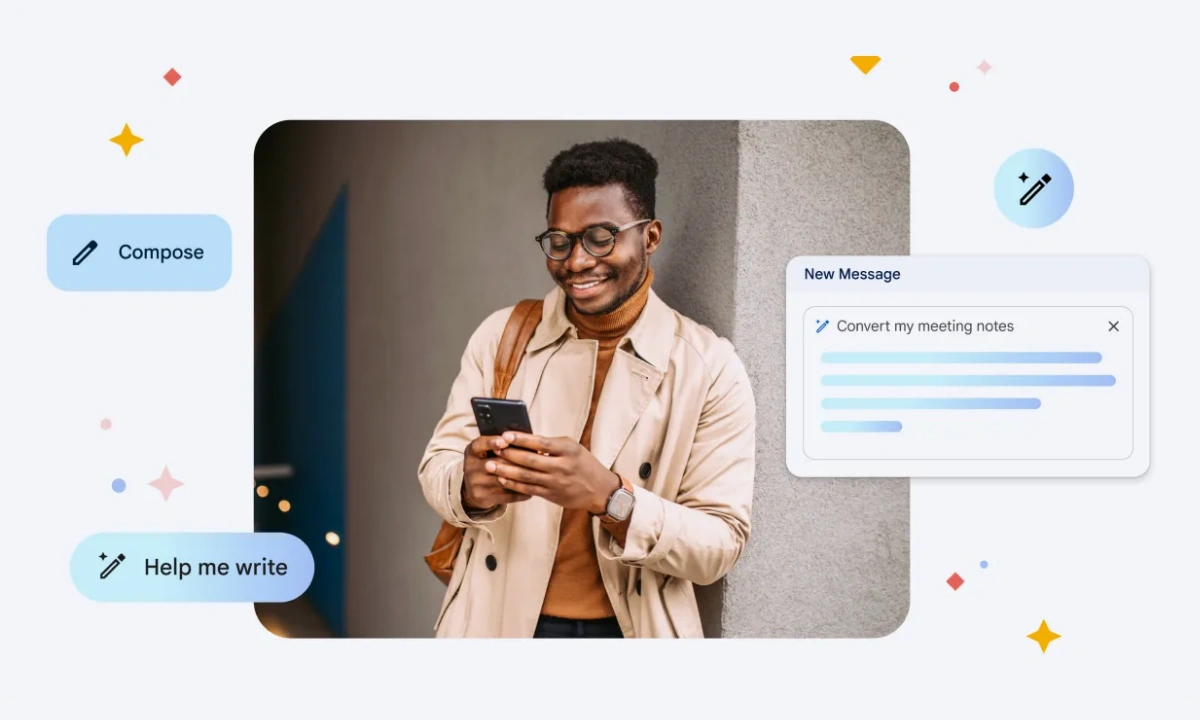When Google declared that it was releasing its artificial intelligence-powered search feature earlier this month, the company claimed that “Google will do the googling for you. ” The new feature named the AI Overviews offers brief, summarized information derived from artificial intelligence with important links placed on top of the search results.
On Thursday, the head of Google Search, Liz Reid said that the company has been making technical adjustments in the system to minimize chances of giving out wrong answers, especially when tackling illogical questions. It also excludes satirical, humorous, and user-generated content in response as they may give out wrong information.
Google Presentation On AI Overviews:
The feature was designed to provide users with richer and better-formulated answers to their queries by compiling a set of related information and transforming it into 3-5 compact paragraphs. This summary would then be followed by the listed blue links with a brief description of the websites that we’re used to.
Google first states that it gathered and summarized information that would otherwise require extensive search to discover, and to display these sources as links, so you can easily trace them.
How Google AI Overview Does Work?
As per Google, this is not simply its large language models (LLMs) developing plausible responses from pre-existing training data. AI Overviews uses its language model that comes with innovations based on Google web ranking systems for operating searches and using relevant high-quality information Google for the summary. It is for this reason that Google boasts of high levels of accuracy in search noting that it designed Ai overview display details sourced from the favorite website only.
Almost all LLMs can complete the sequence by merely outputting the next token, which looks natural, but also tends to make up the rest. They do not have any other reference information from which they could choose each word based on a statistical examination. That leads to hallucinations. This is probably avoided in the Gemini model in AI Overviews through an AI method known as retrieval-augmented generation (RAG) which enables an LLM to verify particular sources beyond the training data it was trained from, such as specific web pages, according to Chirag Shah, a University of Washington professor focusing on online search.
